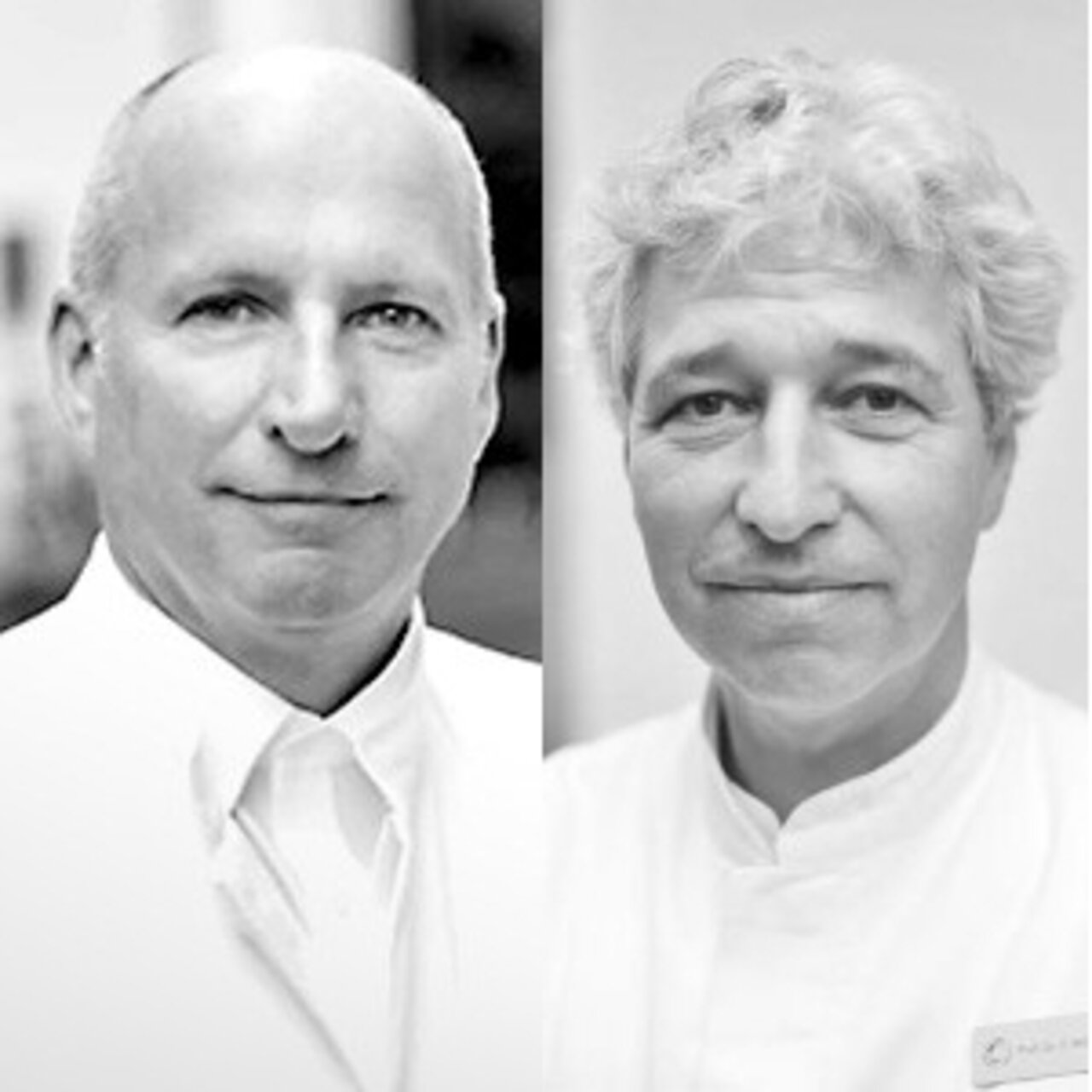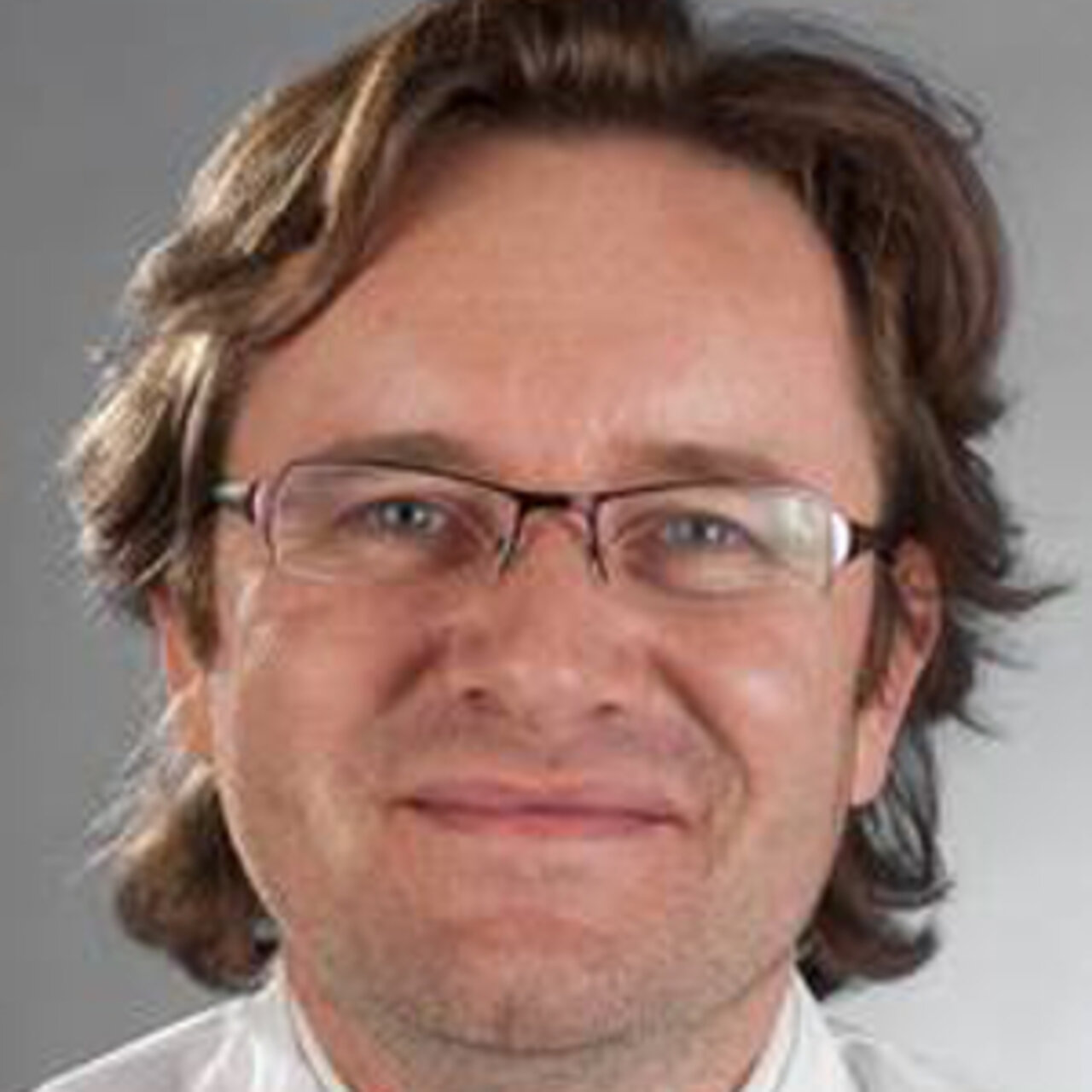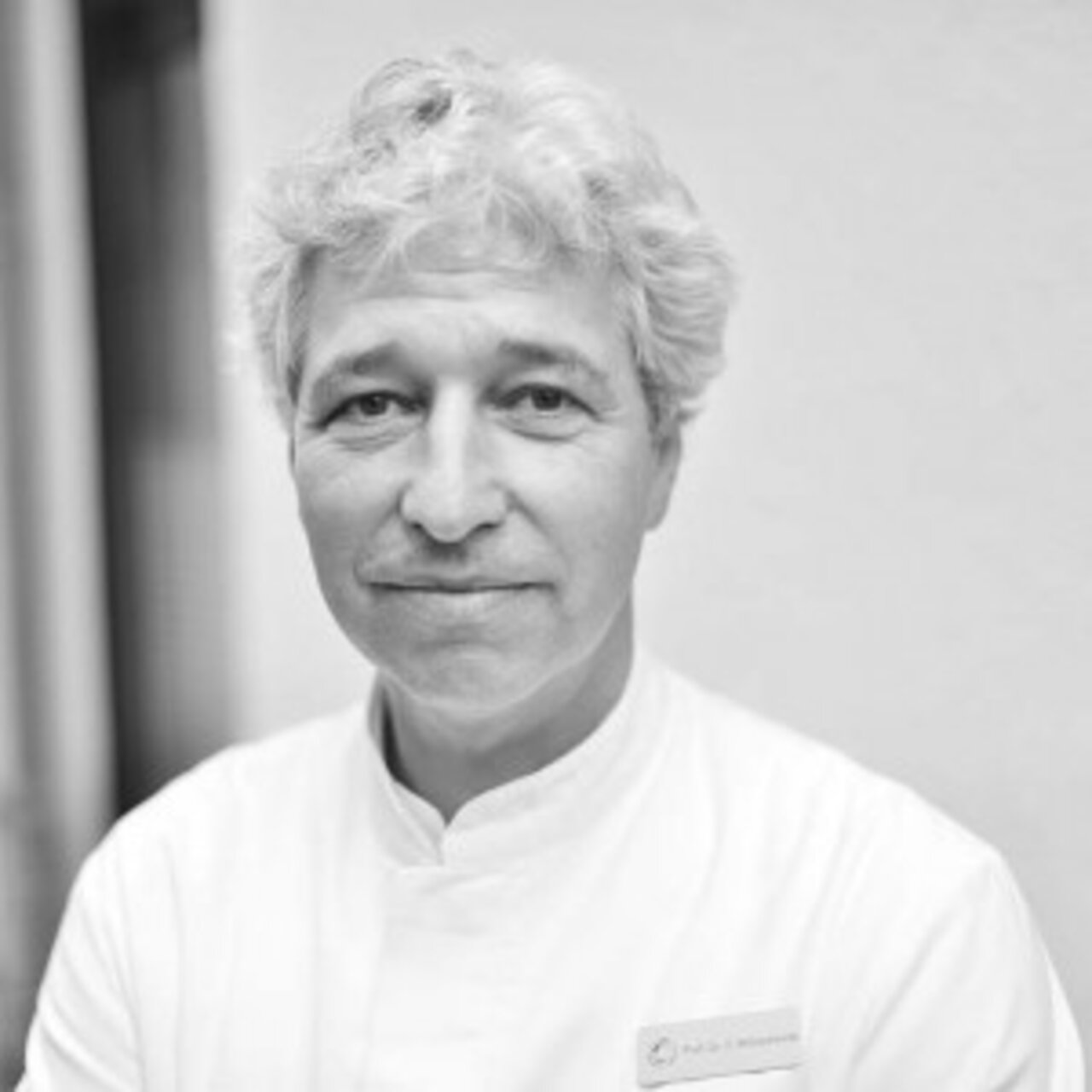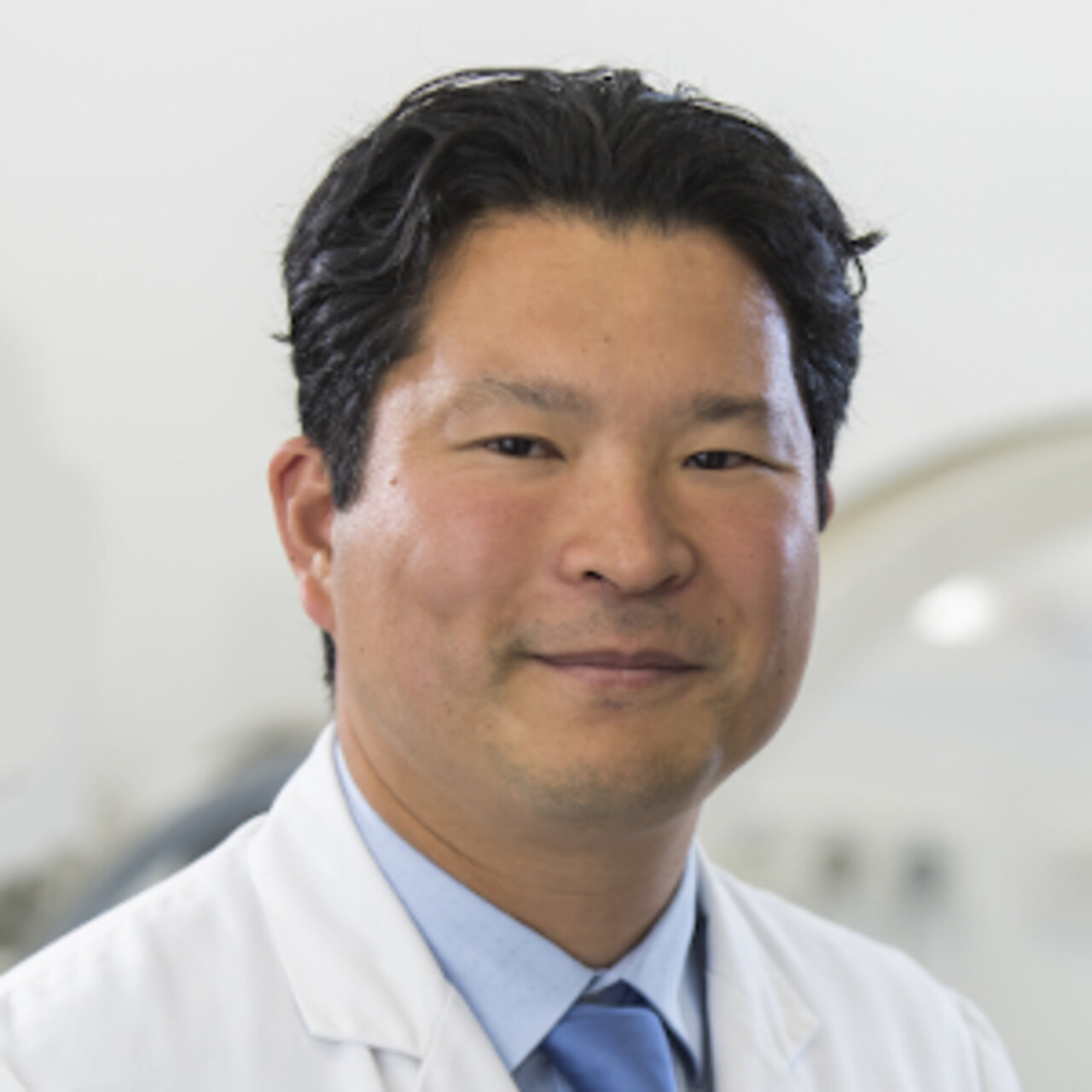Specialists in Gliomas
14 Specialists found
Radiological Alliance – Interdisciplinary Center for Radiosurgery
Radiation Therapy / Gamma Knife
Hamburg
Information About the Field of Gliomas
What Are Gliomas?
Gliomas are central nervous system tumors that originate from the so-called glial cells or glial cells similar ones under the microscope. Glial cells grow around nerve cells and have the task of supporting them and supplying them with nutrients. Since this type of cell renews itself regularly, degeneration can occur due to gene mutation. As a rule, gliomas are not hereditary; the gene mutation develops spontaneously in the affected person’s body.
Where Can Gliomas Occur?
Since gliomas originate from the central nervous system cells, they can occur in the brain and the spinal cord.
Which Types are Known?
Today, central nervous system tumors are classified according to WHO grades. Various characteristics of the tumor are considered, such as histology, immunochemical, and molecular genetic characteristics. The classification consists of four grades, which provide information about the biological behavior of the tumor. Grade 1 tumors prove to have the best prognosis, with patients having an average survival of more than 10 years. Grade 4 tumors have the worst prognosis, and patients with such tumors survive only a few months to years.
How is Glioma Treated?
The treatment of different gliomas depends on the origin and the WHO classification. In principle, complete removal of the tumor by surgery is always the goal. If the tumor is unfavorably located or infiltrates large sections of the brain or spinal cord, complete removal may be more difficult. Besides, there is the option of chemotherapy and radiation. These options can be used either before surgery to shrink the tumor or kill any residual tumor. The patient's general condition and the presence of pre-existing conditions are taken into account for the treatment decision. The expected quality of life is weighed according to the various therapy options.
What Are the Chances of Cure?
The chances of cure depend on the cell type and WHO classification, as this can provide information about tumor development. Furthermore, the tumor's localization and size play an essential role, as these characteristics influence the possibility of complete surgical removal. In modern medicine, there is the possibility of genetic analysis of the tumor, which can also provide information about how the tumor will grow and respond to specific chemotherapeutic agents.
Which Doctors and Clinics Are Specialized in Glioma Treatment?
Specialists in neurology primarily treat gliomas. Diagnosis involves CT and MRI images of the central nervous system, which are evaluated by neuroradiologists. For the best possible individual therapy, patients are presented to an interdisciplinary tumor board. Physicians from radiation therapy, oncology, and neurosurgery consult with each other and jointly develop a treatment plan.
We will help you find an expert for your disease. All listed physicians and clinics have been reviewed by us for their outstanding specialization in glioma and are awaiting your inquiry or treatment request.
Sources:
- Schlegel: Neuroonkologie. Thieme 2003, ISBN: 978-3-131-09062-1.
- Weller et al.: Gliome: Aktuelle Entwicklungen in der Diagnostik und Therapie. In: Deutsches Ärzteblatt. Band: 113, 2016, doi: 10.3238/PersOnko, p. 18-20.
- International Agency for Research on Cancer: WHO Classification of Tumours of the Central Nervous System. World Health Organisation 2016, ISBN: 978-9-283-24492-9.
- Müller: Craniopharyngioma. In: Endocrine Reviews. Band: 35, Nummer: 3, 2014, doi: 10.1210/er.2013-1115, p. 513-543.













